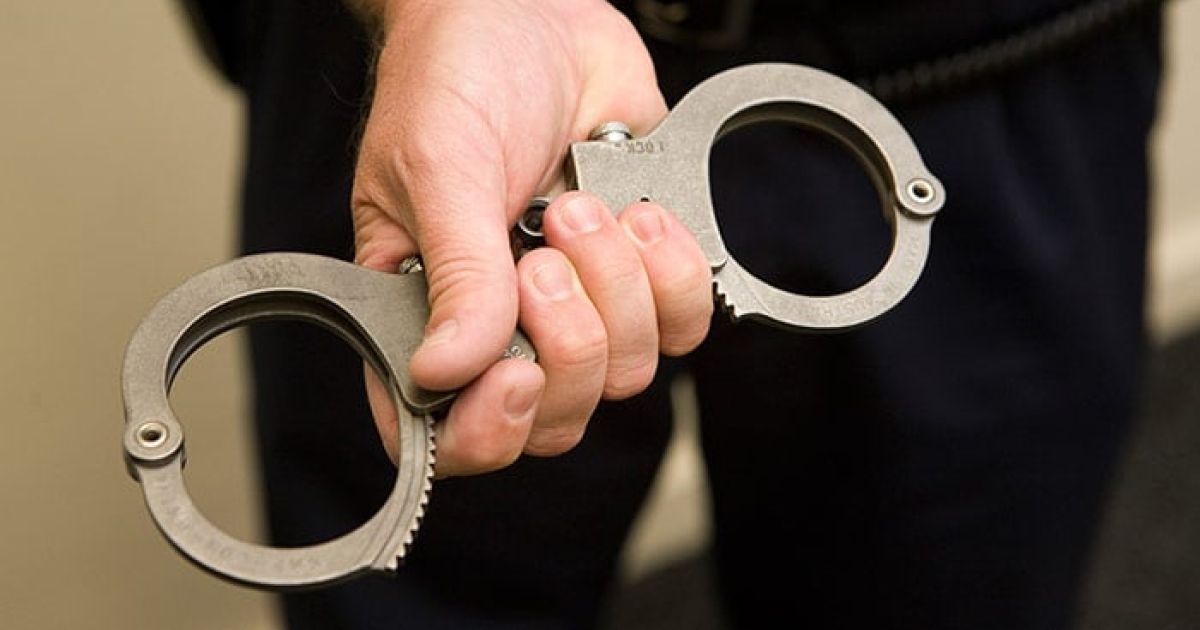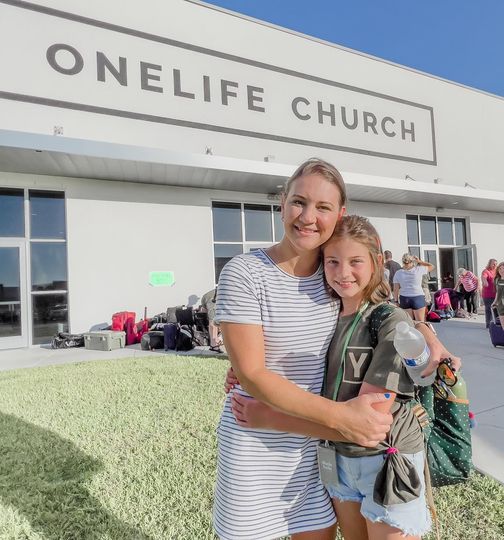Hells Angels: A Sociological Study Of An Outlaw Motorcycle Gang

Table of Contents
The Structure and Hierarchy of the Hells Angels
The Hells Angels operate under a rigid hierarchical structure, crucial to understanding their organization and operations. The club is divided into geographically dispersed chapters, with some chapters holding "mother chapter" status, signifying seniority and influence within the overall organization. This structure facilitates both internal control and external operations.
Membership is not easily attained. Aspirants begin as "prospects," undergoing a rigorous period of probation and proving their loyalty and commitment before potentially becoming full-fledged "members." Within the membership, specific roles and responsibilities are clearly defined. Officers, including the President, Vice President, Sergeant-at-Arms, and Treasurer, hold significant power and influence, overseeing club activities and decision-making processes. Internal disciplinary actions, ranging from fines to expulsion, are rigorously enforced to maintain order and conformity.
- Charter structure and geographical distribution: The decentralized yet interconnected nature of the chapters allows for both localized control and coordinated actions across broader regions.
- Initiation rituals and membership requirements: These rituals reinforce group identity and solidify loyalty amongst members.
- Internal disciplinary actions and consequences: Strict internal rules and consequences ensure compliance and maintain the organization's reputation.
- The role of the "President" and other key leadership positions: These positions are vital for coordinating activities, resolving conflicts, and maintaining the club's overall structure.
Hells Angels Subculture and Identity
The Hells Angels possess a distinctive subculture, immediately recognizable through their attire, symbols, and rituals. The iconic "death head" logo, along with other specific insignia and tattoos, serves not merely as decoration but as a powerful symbol of group identity and shared history. This visual display projects an image of power, rebellion, and brotherhood. The customization of motorcycles is another essential element, transforming machines into personalized expressions of individual and collective identity within the club.
Membership in the Hells Angels provides a sense of belonging and shared purpose, offering camaraderie and a structured social life often lacking in the wider society. Clubhouses serve as crucial social spaces, reinforcing territorial claims and acting as centers for social interaction, planning, and ritualistic ceremonies.
- Motorcycle customization and its symbolic meaning: Motorcycles are far more than transportation; they are powerful symbols of freedom, rebellion, and group affiliation.
- The role of tattoos and insignia in identity formation: Tattoos act as permanent markers of membership and shared history, forging a powerful sense of collective identity.
- The significance of clubhouses as social spaces and territorial markers: These spaces are not just meeting places but symbols of the club’s presence and control within a specific territory.
- The use of rituals and ceremonies to reinforce group cohesion: Rituals create strong bonds and reinforce shared values and beliefs within the club.
Criminal Activities and Economic Structures of the Hells Angels
While the Hells Angels present a carefully cultivated image, their involvement in criminal activities is well documented. This includes drug trafficking, extortion, and other illegal enterprises. It's crucial to analyze this involvement sociologically, understanding it within the context of the club's structure and the economic motivations driving its actions. The club employs sophisticated strategies for money laundering and wealth accumulation, often using legitimate businesses as fronts for illicit activities.
The relationship between criminal activity and the club's social dynamics is complex and interdependent. Criminal enterprises provide both financial resources and a source of power and influence, strengthening the organization's internal cohesion and external dominance. Law enforcement agencies face significant challenges in effectively combating the HAMC's criminal activities due to the club’s sophisticated organizational structure and its ability to operate both above and below the radar.
- Types of criminal activities and their prevalence: The diverse range of criminal activities contributes to the club's economic strength and power.
- The club's strategies for money laundering and wealth accumulation: Sophisticated financial mechanisms are employed to conceal the origins of their ill-gotten gains.
- The role of criminal networks in supporting the club's operations: The HAMC often operates within broader criminal networks, expanding their reach and influence.
- Legal challenges and law enforcement responses to HAMC's criminal activities: Combating the HAMC requires a multifaceted approach, engaging both law enforcement and legal strategies.
Sociological Perspectives on the Hells Angels
Several sociological theories help illuminate the Hells Angels' existence and behavior. Subcultural theory explains how the HAMC creates a distinct culture with its own values and norms, providing an alternative identity and social structure for its members. Social control theory examines how societal pressures and the threat of sanctions influence the club's activities, while strain theory explores how societal inequalities and the lack of legitimate opportunities may contribute to criminal involvement.
For many members, the club fulfills vital social functions, providing camaraderie, a sense of belonging, and elevated status. This need for social connection, identity, and purpose within a structured social environment is a key sociological aspect often overlooked in sensationalized accounts. The HAMC's impact on society is multifaceted, ranging from criminal activities to the fostering of a counter-culture identity. This impact necessitates an ongoing sociological examination.
- Comparison of HAMC to other outlaw motorcycle gangs: Comparing the HAMC to similar groups can shed light on common organizational patterns and diverse approaches.
- The impact of media representations on public perception: Media often shapes public perception, creating both myths and misunderstandings about outlaw motorcycle gangs.
- The role of social control in managing HAMC activity: Understanding how society and law enforcement attempt to manage or control the HAMC is key to understanding its behavior.
- Long-term implications of HAMC's existence on society: The continuing presence of the HAMC raises important questions about social control, criminality, and societal responses to organized groups.
Conclusion: A Sociological Understanding of the Hells Angels
This sociological examination of the Hells Angels reveals a complex organization with a structured hierarchy, a distinct subculture, and significant involvement in criminal activities. Understanding the social dynamics within the HAMC requires moving beyond simplistic narratives and acknowledging the intricate interplay between social structure, individual motivations, and societal responses. By understanding their social structure and the factors that contribute to their existence, we can better address the challenges posed by this and similar organizations. To delve deeper into the fascinating and complex world of outlaw motorcycle gangs, further research into sociological studies of the Hells Angels is recommended.

Featured Posts
-
 Best Nike Running Shoes Of 2025 A Comprehensive Review
May 26, 2025
Best Nike Running Shoes Of 2025 A Comprehensive Review
May 26, 2025 -
 Melanie Thierry De Ses Debuts A Ses Projets Actuels
May 26, 2025
Melanie Thierry De Ses Debuts A Ses Projets Actuels
May 26, 2025 -
 Shopping Mall Expansion B C Billionaire Seeks Hudsons Bay Partnership
May 26, 2025
Shopping Mall Expansion B C Billionaire Seeks Hudsons Bay Partnership
May 26, 2025 -
 Rio Tinto Addresses Environmental Concerns In Australias Pilbara Region
May 26, 2025
Rio Tinto Addresses Environmental Concerns In Australias Pilbara Region
May 26, 2025 -
 F1 Testing Lewis Hamiltons Unexpected Show Of Support For Past Teammate
May 26, 2025
F1 Testing Lewis Hamiltons Unexpected Show Of Support For Past Teammate
May 26, 2025
